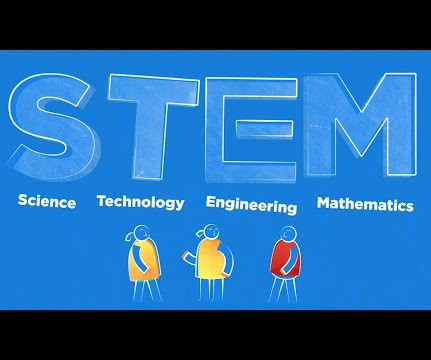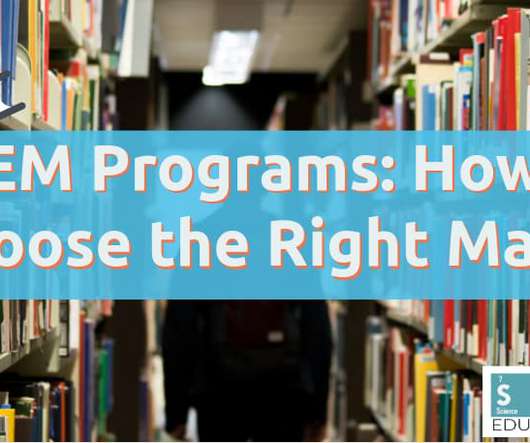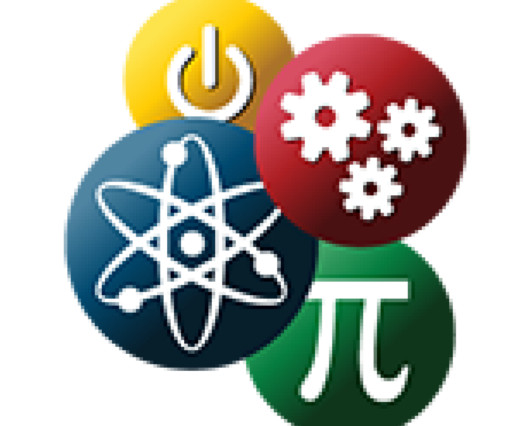Decoding STEM: What Does the E in STEM Stand For?
STEM Education Shopping
AUGUST 26, 2023
Engineers are problem-solvers who work on diverse projects that span a wide range of industries, including aerospace, civil infrastructure, biomedical, environmental, and many others. Electrical Engineering: Deals with electrical systems, electronics, and technologies related to power generation, transmission, and communication.












Let's personalize your content